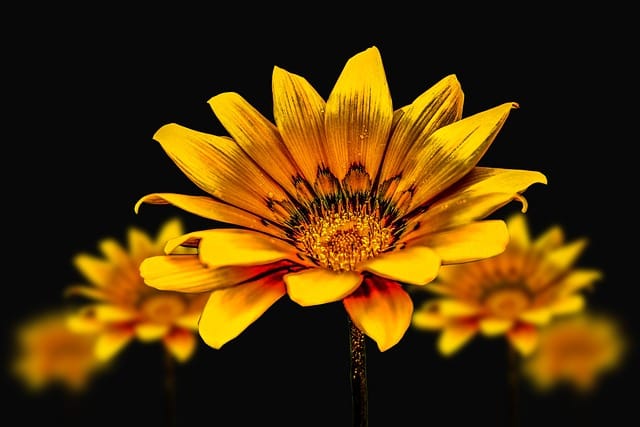How to grow Gerbera Daisies
Gerbera daisies are beautiful and vibrant flowers that can add a splash of color to any garden or floral arrangement

In this article:
- Introduction
- Choosing the right Gerbera Daisies variety
- Soil preparation
- Planting Gerbera Daisies
- Watering and fertilizing
- Providing proper sunlight
- Protecting against pests and diseases
- Deadheading and pruning
- Overwintering Gerbera Daisies
- Division and propagation
- Common problems and troubleshooting
- Conclusion
Introduction
Gerbera daisies are beautiful and vibrant flowers that can add a splash of color to any garden or floral arrangement. With their wide range of colors and long flowering period, they are a popular choice for both indoor and outdoor cultivation. This article will guide you through the process of growing gerbera daisies and provide you with all the necessary information to ensure their successful growth.
Choosing the right Gerbera Daisies variety
When selecting gerbera daisies, it is essential to choose a variety that suits your climate and growing conditions. Consider factors such as cold tolerance, sunlight requirements, and plant size. Popular Gerbera daisies varieties include the 'Barberton Daisy' and the 'Transvaal Daisy.'
Soil preparation
The soil plays a crucial role in the growth and development of gerbera daisies. They thrive in well-draining soil with a pH level between 5.5 and 6.5. Amend the soil with organic matter such as compost or well-rotted manure to improve its texture and fertility.
Planting Gerbera Daisies
Choose a location with full sun or partial shade for planting your gerbera daisies. Dig a hole that is wide enough to accommodate the roots of the plant and place the gerbera daisy in the hole, covering the roots with soil. Space the plants at least 12 inches apart to allow for proper air circulation.
Watering and fertilizing
Gerbera daisies require regular watering, especially during hot summer months. Water the plants deeply and ensure the soil remains evenly moist. Avoid overwatering, as it can lead to root rot. Fertilize the plants with a balanced, slow-releasing fertilizer every four to six weeks to promote healthy growth and abundant blooming.
Providing proper sunlight
Gerbera daisies need at least six hours of direct sunlight per day to thrive. If you are growing them indoors, place them near a south-facing window or provide supplemental fluorescent lighting to ensure they receive adequate sunlight.
Protecting against pests and diseases
Common pests that can affect gerbera daisies include aphids, spider mites, and whiteflies. Monitor your plants regularly and take action at the first sign of infestation. Use organic pest control methods such as insecticidal soaps or neem oil to keep pests at bay. Additionally, ensure good airflow around the plants to prevent fungal diseases.
Deadheading and pruning
Regular deadheading, the removal of faded or wilted flowers, encourages continuous blooming and prevents the plant from diverting energy into seed production. To promote bushier growth and remove any damaged or diseased foliage, prune the plants back to the base after the flowering season.
Overwintering Gerbera Daisies
In colder climates, gerbera daisies are often treated as annuals or brought indoors during the winter. If you choose to overwinter them, reduce watering and move the plants to a cool, dark location. Resume regular watering and reintroduce them to sunlight in the spring when the danger of frost has passed.
Division and propagation
Gerbera daisies can be propagated through division or by collecting seeds from mature flowers. Divide the plants every two to three years to maintain their vigor. Sow the seeds in a well-draining seed-starting mix and provide them with bottom heat and bright light to ensure successful germination.
Common problems and troubleshooting
Gerbera daisies are relatively low-maintenance plants, but they can encounter some issues. Common problems include crown rot, powdery mildew, and yellowing leaves. This section will outline these issues and provide troubleshooting tips to help you address them effectively.
Conclusion
Growing gerbera daisies can be a rewarding experience. By following the guidelines outlined in this article, you will be well-equipped to cultivate healthy and vibrant gerbera daisies in your garden or indoor space. With their stunning blooms and long-lasting beauty, gerbera daisies are sure to bring joy and color to your surroundings.
